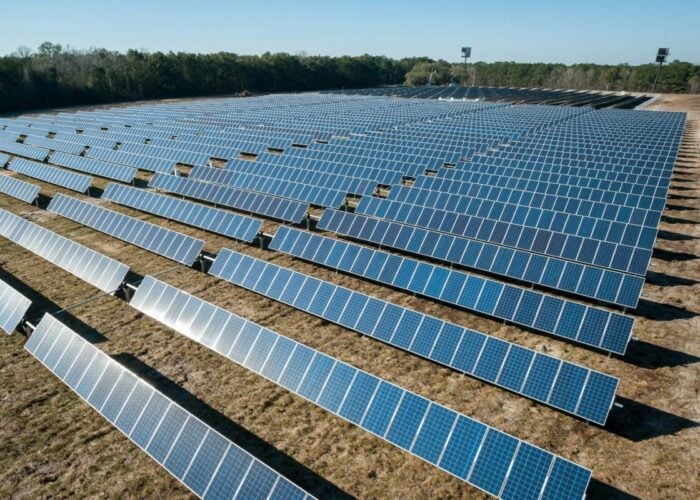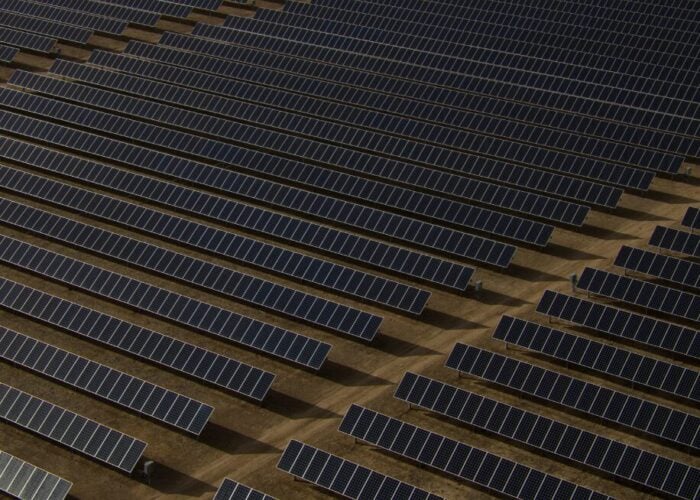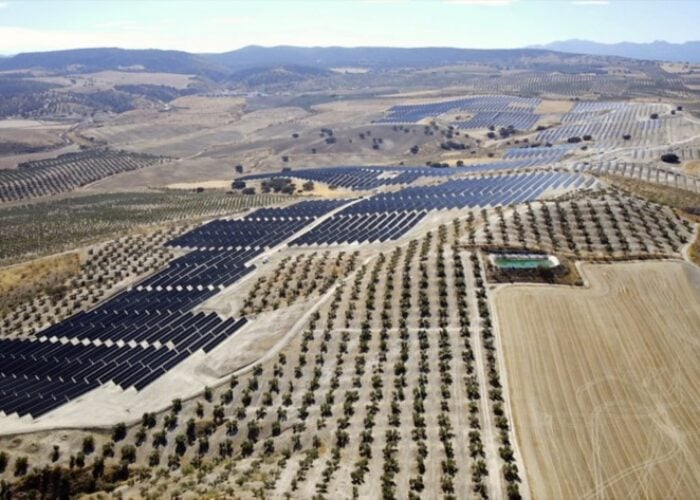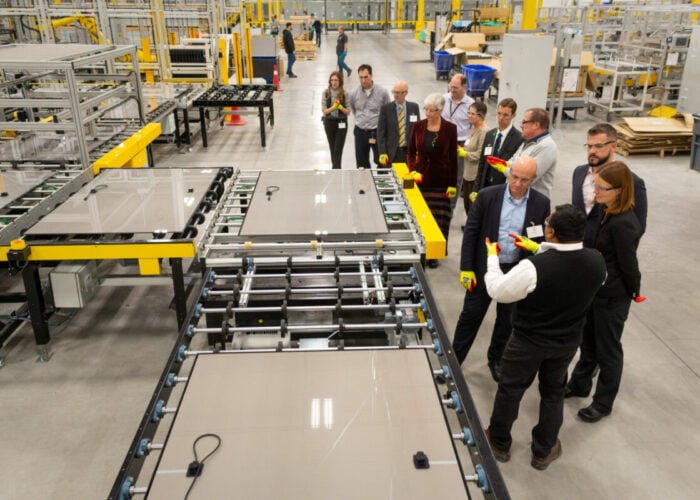GT Advanced Technologies (GTAT) has announced an innovative cell metallisation and interconnect technology, dubbed ‘Merlin’ that is expected to provide substantial savings in both the manufacture and installation of solar modules. A key component of the new technology includes a flexible grid that replaces conventional two and three silver bus bars, while significantly reducing solver paste consumption.
Problem
According to TUV Rheinland PTL, a number of key issues have been identified, including solder bond failures, hot spots and ribbon-to-ribbon solder bond failures in conventional cell stringing processes for two and there bus bar configured cells. Cell manufacturers continue to focus on silver paste cost reduction strategies including the need to reduce consumption, while boosting cell conversion efficiencies.
Try Premium for just $1
- Full premium access for the first month at only $1
- Converts to an annual rate after 30 days unless cancelled
- Cancel anytime during the trial period
Premium Benefits
- Expert industry analysis and interviews
- Digital access to PV Tech Power journal
- Exclusive event discounts
Or get the full Premium subscription right away
Or continue reading this article for free
Solution
The novel attributes of Merlin technology are expected to significantly reduce the amount of expensive silver paste consumed by a cliamed 80%, while improving panel efficiency and reducing module costs by a claimed 10% overall. The resulting modules are expected to be more reliable and durable and enable form factors that are lighter and easier to handle resulting in lower shipment and installations costs. GTAT’s patented Merlin technology easily integrates into existing cell and module manufacturing lines with simple changes to the screen used for patterning segmented fingers onto the solar cell. The segmented fingers are thinner and produce less shading than conventional fingers. The combination of the flexible grid and the segmented fingers results in lower resistive losses thereby increasing cell and module efficiency. Additionally, the on-cell and cell-to-cell interconnect features of the grid make the module substantially more resilient when subjected to temperature cycling and mechanical flexing. Merlin technology will enable customers to design highly reliable, lightweight, lower cost modules that are less expensive to install.
Applications
Solar cell metallisation and interconnect processes.
Platform
Merlin technology uses mature, proven manufacturing processes to produce the flexible grids.
Availability
March 2014 onwards






